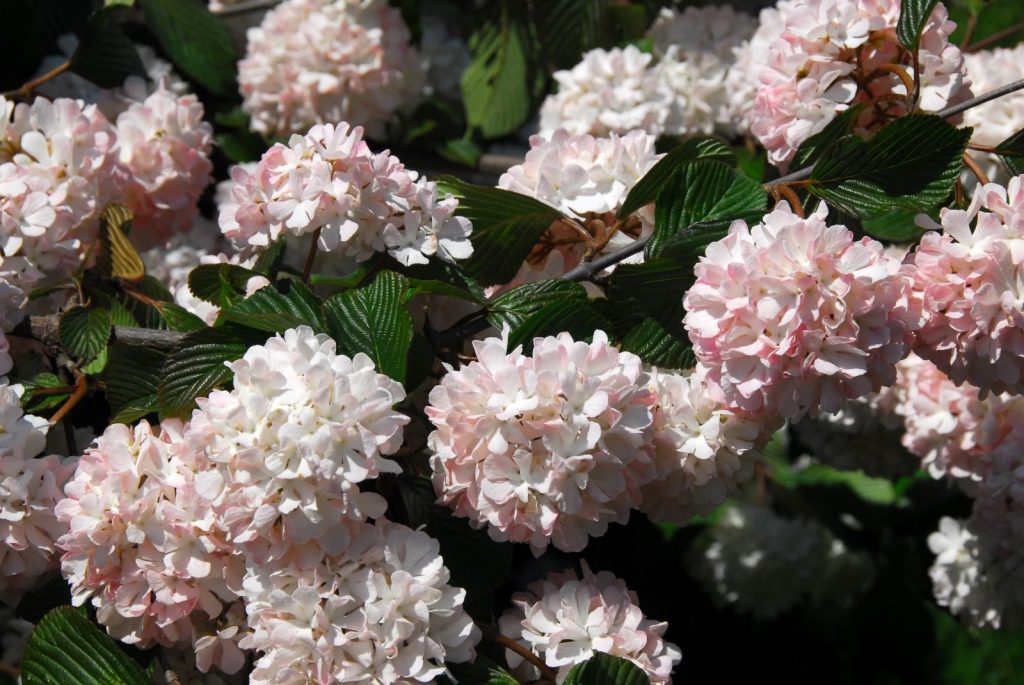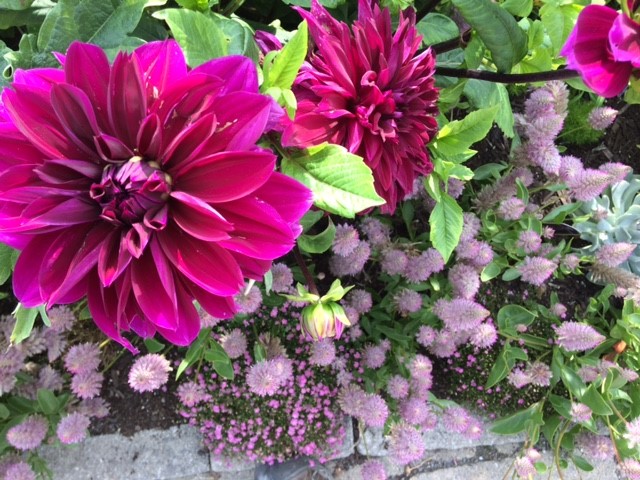Scary? Nerve-racking? Definitely understandable. But once you have the basics down, the power to prune becomes nothing but liberating (not to mention a good late-winter workout…).
Pruning is your Friend!
Sure—you could let your plants grow wild, bending to their own will, only cutting them back when they become intrusive or damaged. But for plant health, general safety, exemplary fruits and flowers, and for managing pests and disease, pruning is your friend. Repeat after us: pruning is your friend!
Learning any new skill can be daunting, so let’s start at the root of the issue: why prune our trees and shrubs? Is it really necessary? Most of the time, trees and shrubs will be just fine on their own. Aside from the above exceptions, plants most commonly pruned are fruit trees, berry bushes, espaliered trees, hedge rows, heavily flowering shrubs, street/sidewalk trees, and anything damaged, diseased, or pest-infested.
As for when to prune, with the absence of leafy canopies and while plants are dormant, February, March, and early April are perfect months for the task, facilitating healthy circulation in the canopy. Plus, doing this work now allows your plants to localize and self-seal wounds (i.e., prune cuts) properly without the worry of insect damage or fungal/viral infections. (In general, the worst time to prune is when plants are actively growing or when heat or humidity are high.)
And while references and manuals abound (especially in regards to the ever-popular hydrangeas, roses, apple trees, blueberries, and raspberries), it can be overwhelming to know where, when, and how to begin the process. Resources like master gardening cooperative extensions, nurseries, or public gardens like CMBG are wonderful places to start.
Teachers and guides, not to mention practical experience, will help you learn which tool is best for which job and how to keep your pruners, saws, and shears sharp, oiled, and clean. An easy rule of thumb is to use tools appropriate to the size of the cut you’re making and to clean tools thoroughly at the end of your session—especially if you’re pruning a diseased plant (then clean your equipment after every cut). And the earlier in the season a plant is pruned, the more vigorous its response.


